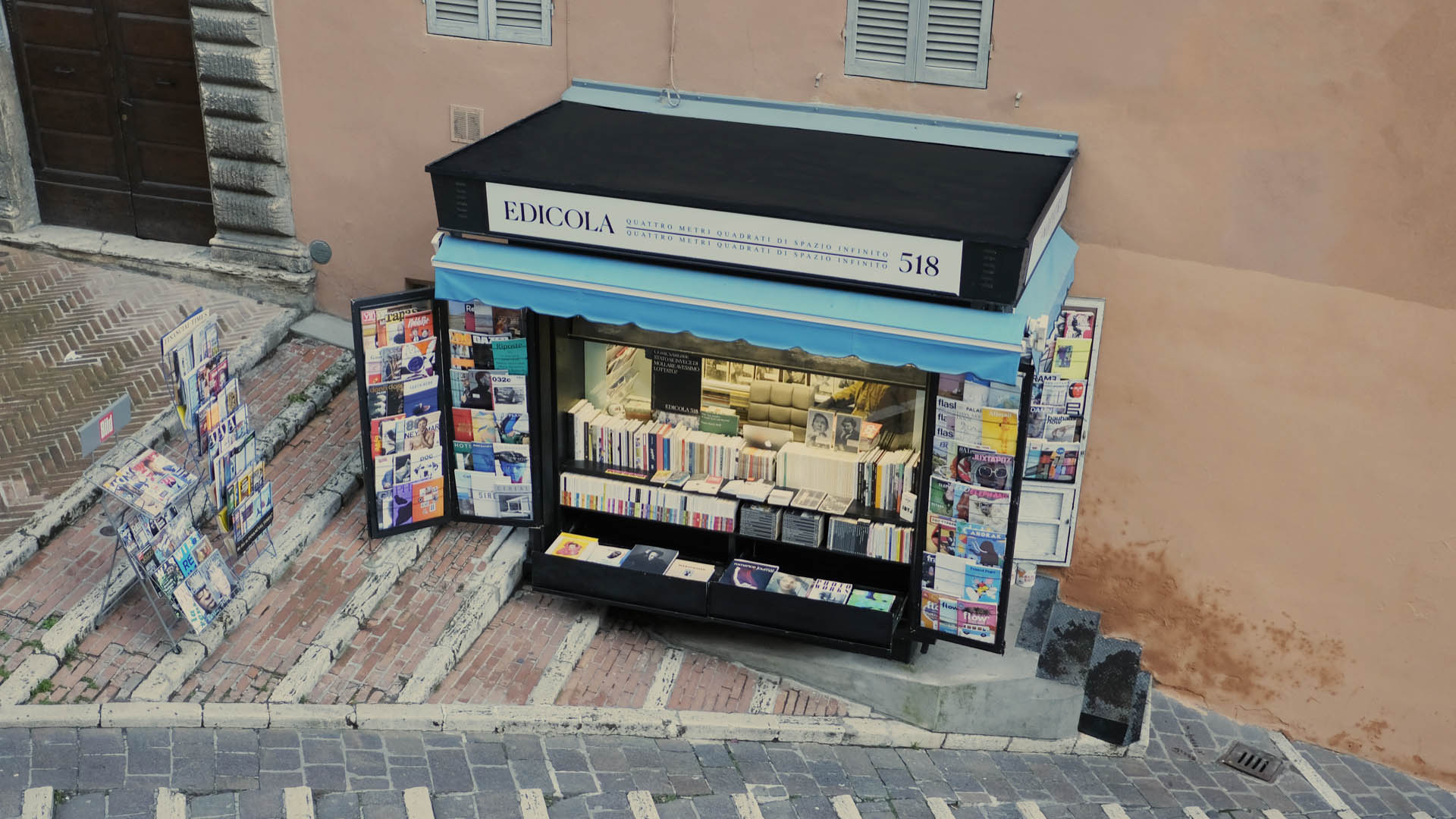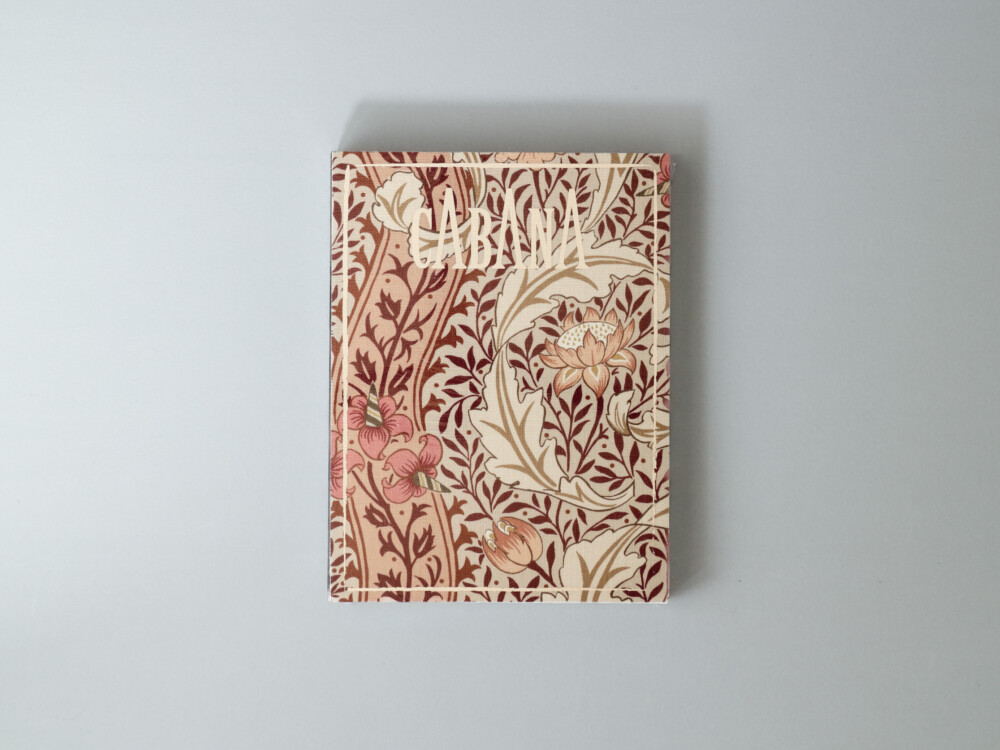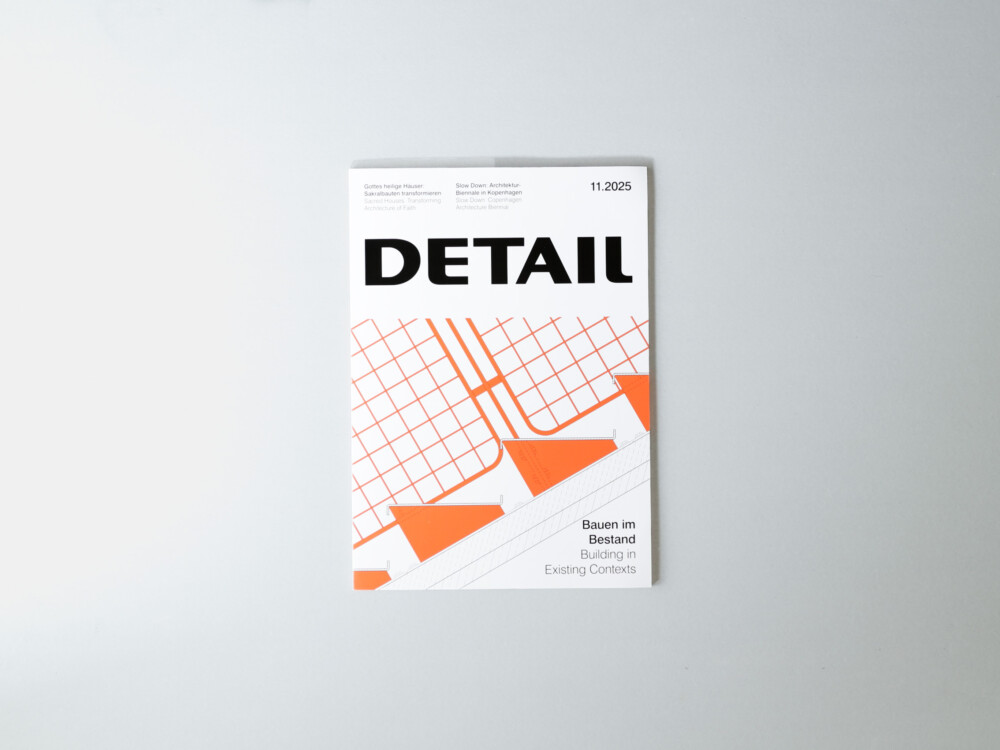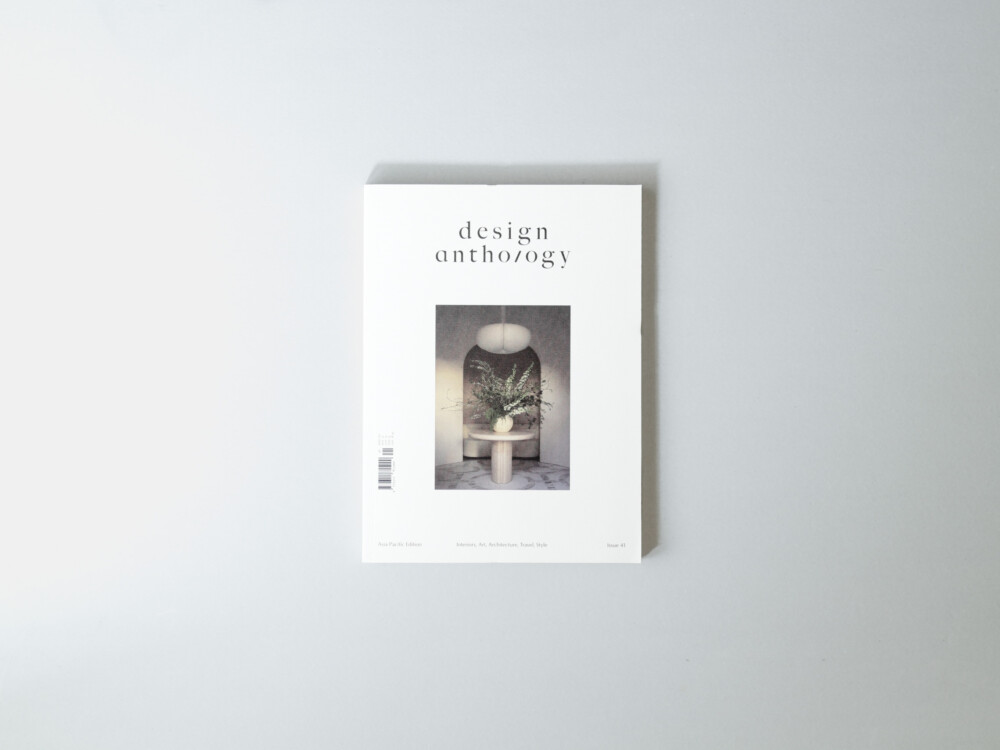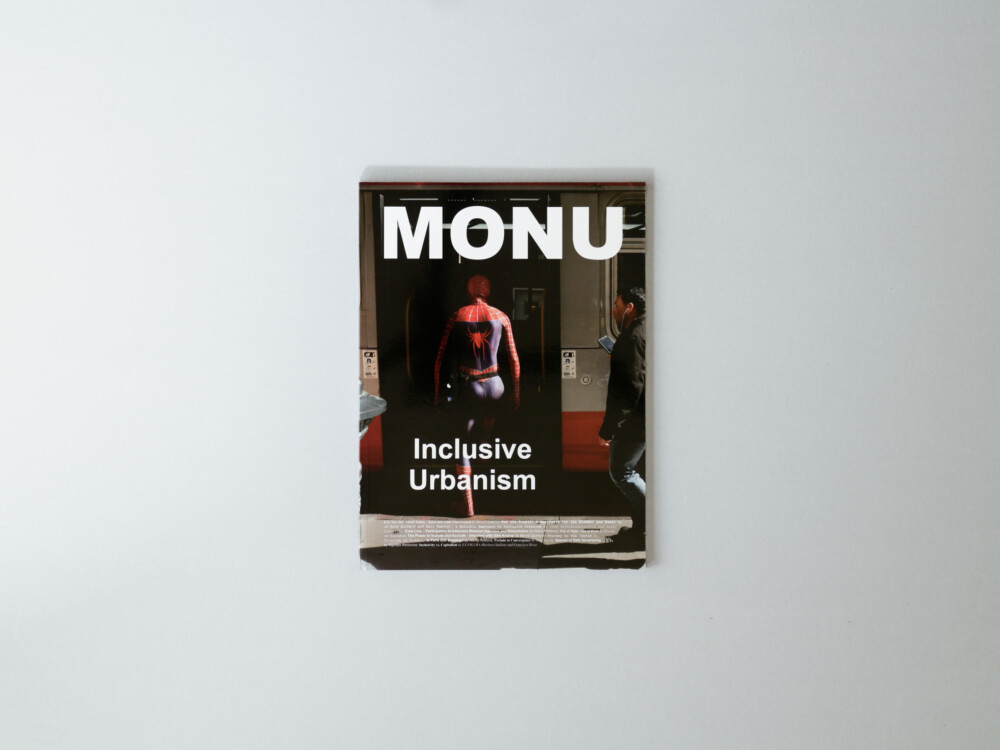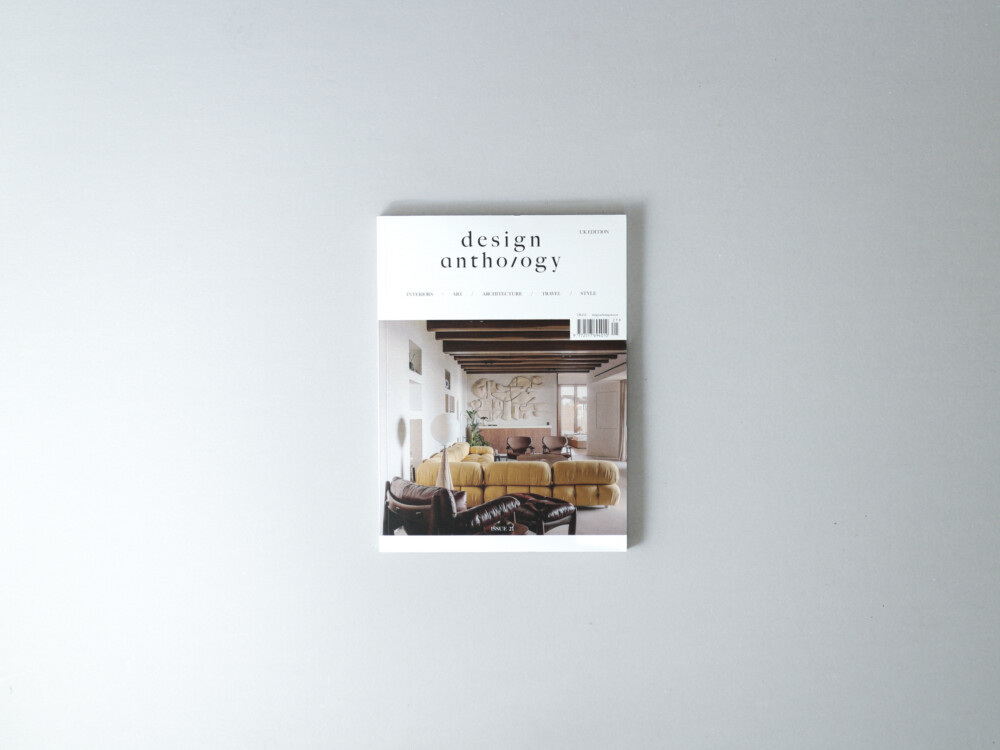Around 75 % of residential buildings in Germany are made of masonry – a trend likely mirrored across Europe, such as in the southern regions and the UK. This enduring preference reflects growing confidence in solid construction and provides the impetus for dedicating this issue of Detail to the topic.
There are many reasons to opt for brick, including local building traditions. In Limerick, Ireland, Níall McLaughlin Architects designed a brick exhibition building celebrating rugby, the national sport. In Berlin, nearby brick cemetery structures inspired the facade colour of a foundation centre. Using single-coloured exposed concrete and two brick types, AFF Architekten made a bold red statement in the cityscape. At the Rötiboden housing development on Lake Zürich, Buchner Bründler Architekten created a solid exposed concrete structure, accented with painted sheet steel. Rammed concrete plays a central role in Casa 1736 by H Arquitectes in Barcelona, where its distinctive layered aesthetic dominates the interiors.
While enthusiasm for material diversity grows, sustainability questions persist in solid construction: cement, the binding agent in concrete, and the brick firing process both worsen the CO2 balance. Manufacturers are exploring CO2-reducing alternatives such as clay and recycled bricks, which show promise. Germany’s new earth block masonry standard, DIN 18940, could spark a revival for this traditional material. But will the notoriously conservative construction industry embrace these changes? Such a shift would benefit the climate – and ultimately, all of us.



